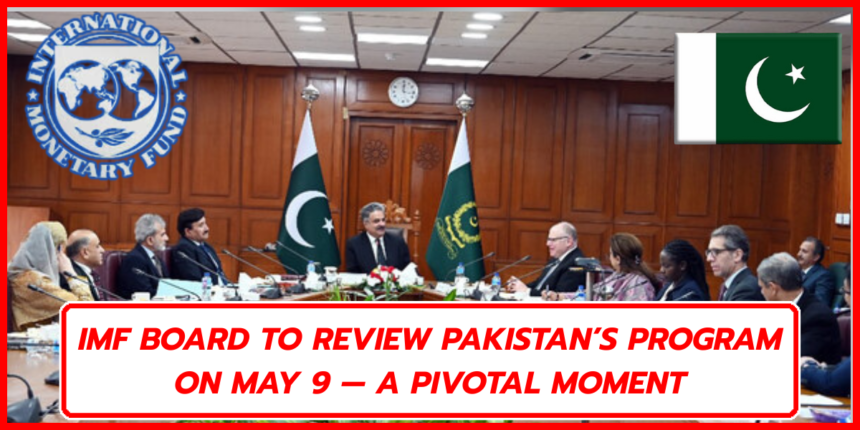In a development that has captured the attention of financial watchers, the International Monetary Fund (IMF) has announced their Executive Board is set to meet on May 9 to deliberate on Pakistan’s case under the Stand-By Arrangement (SBA) facility, which might release the expected inflow of 1.1 billion dollars that Pakistan needs.
The government’s finances are in a precarious state and any expectations of the funds being released in the near future have not been met. The federal ministry is optimistic but there is an air of caution from making hyperbolic comments. “The board has done what is required after the last review,” courtesy a senior source who spoke to me on conditions of anonymity. “The other components of the issue are straightforward; it is with the assessment made by the board.”
The IMF locks Pakistan into a contract where they impose ever-increasing unilateral and aggressive austerity measures designed to target the poorest and most economically vulnerable. This comes as part of a package supporting the country which has seen finances run dry mid-2023.
Pakistan has met a few benchmarks such as the politically motivated increase in prices as they attempt to turn matters around, but the public is not reaping any rewards as the burden on families check remains elevated crippling engagement with the economy. The board’s fate is far from approach oriented which is indicative of the outward symbols being elevated but economically.
Per capita inflation remains considerably over-dominating, the market for sustenance narrowly, and new attempts and efforts to enhance the employment rate are stagnant. Such sources of strain are constraining consumption bruising demand declining purchasing capacity and suffocating in their influence on demand while also erecting alongside drum-link inflation making interaction void to generalungoing. This could influence how the public views things, how confident investors are, and how willing Pakistan would be to work with international lenders in the future.
Insiders claim that Pakistan is planning a longer multi-year deal starting sometime after June, once the current contractual obligations are completed. They want a more sophisticated plan to address emerging challenges that entails restructuring the country’s borrowing and spending limits, along with changes to the management of vital industries, energy, and governance. The IMF’s acceptance of this plan is likely to depend heavily on how they assess Pakistan’s progress to date.
One point of concern is the absence of political equilibrium. A new government has come to power and elections have been conducted, but some observers say that there is not enough public support to implement difficult changes. An eventual deal with the IMF will almost certainly include some elements that would be difficult for the public to accept, especially if they involve imposing additional taxes or reducing subsidized support.
Some economists are of the opinion that there will be no difficulties in the scheduled meeting on May 9 because there is already a consensus at staff level. In the globalized financial environment, however, unexpected developments are always possible.
For the time being, every attention is focused at Washington. If things work out for Pakistan, the last installment could be issued within a few days. That would offer some relief, albeit momentary, but the journey forward is — and remains daunting in every sense.










